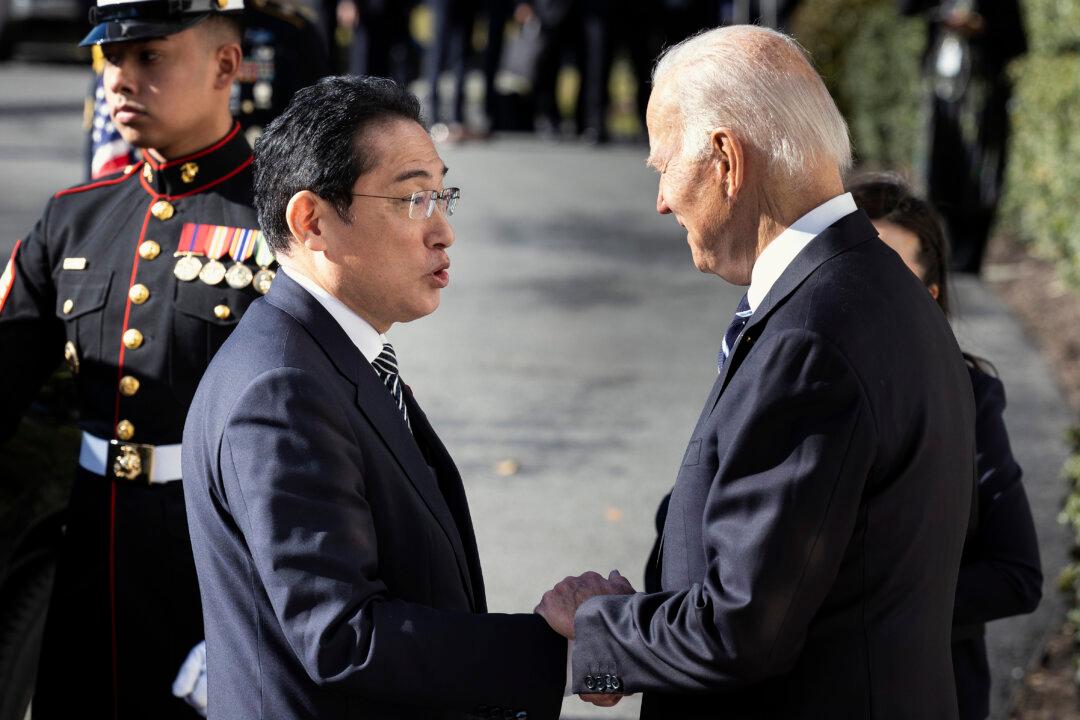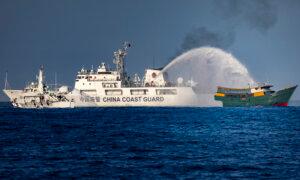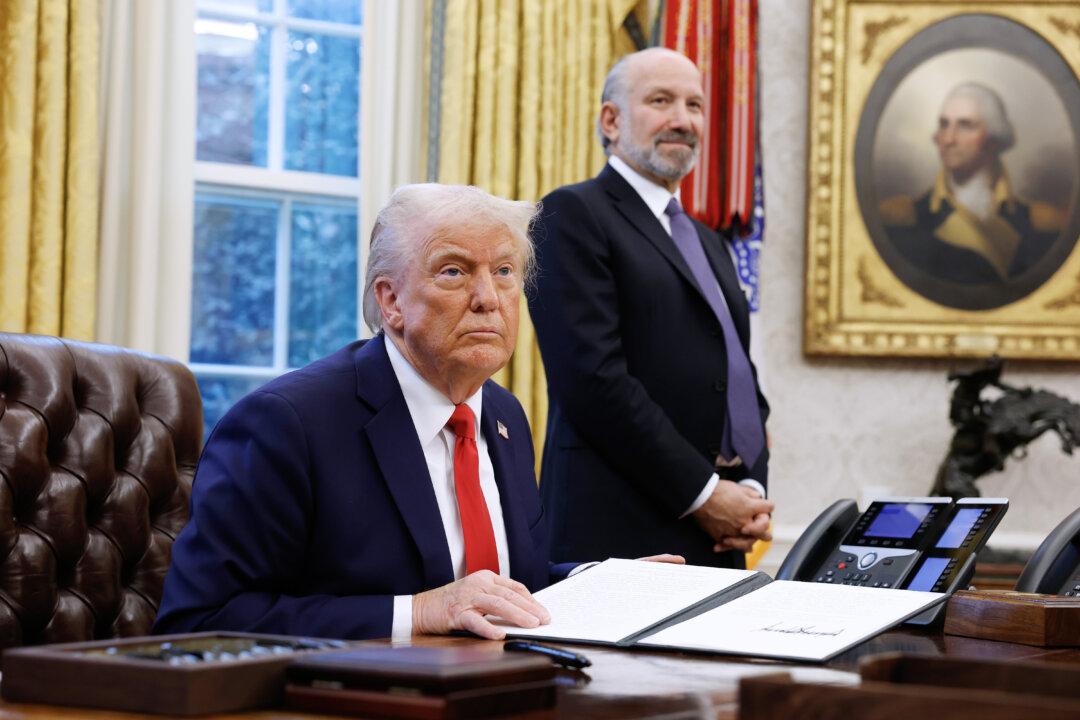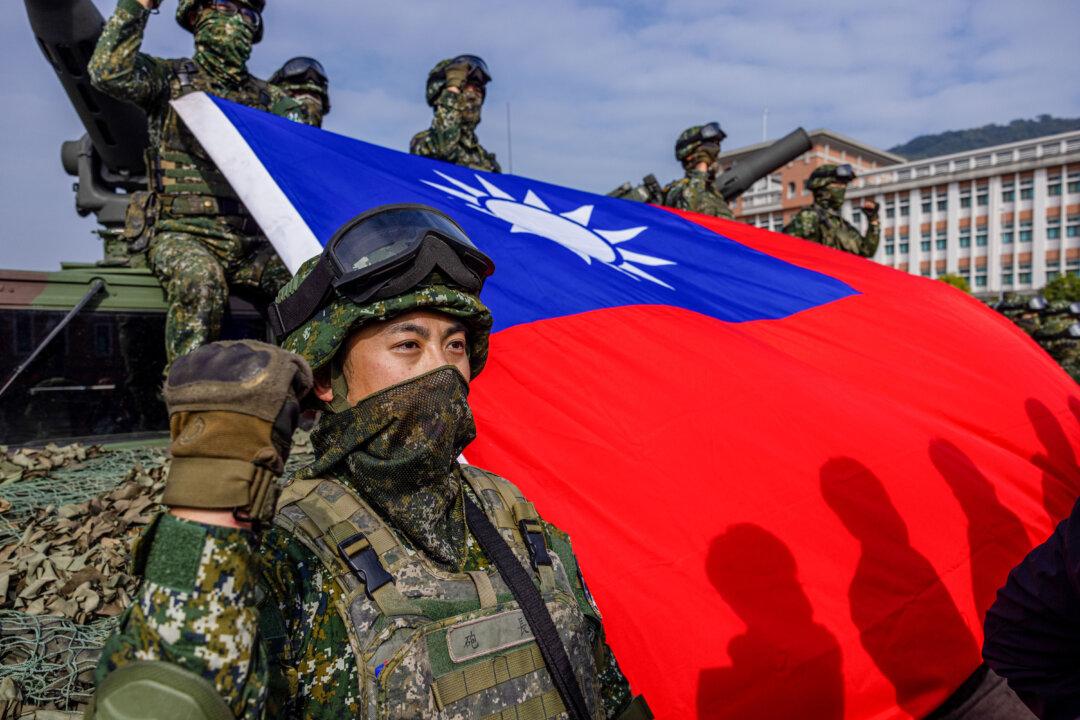Articles like this one produce a flurry of excitement—if not hope—especially as the basic idea is a good one—and decades overdue.
Despite a six-decade defense relationship, American and Japanese forces (except for the two navies and the area of missile defense) still can’t work together very well and would be hard-pressed to fight a war together, say, in the event Taiwan is attacked.
Together, American and Japanese forces are less than the sum of their parts.
So, when there’s talk of a restructuring, it conjures up images of finally having a joint headquarters in Japan where American and Japanese officers get on with the business of defending Japan, including coordinating training, exercises, and patrols, and planning and doing what’s necessary for peacetime and wartime operations.
You mean there isn’t such a place?
No, there isn’t.
And this really is a prerequisite for any sort of serious Japan-U.S. defense strategy. Otherwise, everything is done on a haphazard ad hoc basis.
Is this about to be solved?
Read the Financial Times article a few times, and the excitement wears off.
It seems the idea is to rejigger U.S. Forces Japan (USFJ) by installing a four-star general in command (it’s currently a three-star) and letting USFJ plan some exercises and share more information with the new Japan Self-Defense Force (JSDF) joint operational headquarters, which is set to come online next year.
However, in the foreseeable future, the ultimate “command” of all U.S. forces in Japan will remain in Hawaii at the U.S. Indo-Pacific Command (USINDOPACOM) headquarters.
The article does suggest that some thought will be given to a more effective operational tie-up with the JSDF sometime in the future.
But, for now, nothing reported in the Financial Times piece will do much, if anything, to improve the ability of U.S. and Japanese forces to operate together and, if push comes to shove, to fight together.
First, assigning a four-star general to USFJ isn’t exactly salvation on the wings. “Four-stars” ran the wars in Iraq and Afghanistan for over 20 years. How did they do? Winning wars does not appear to be a requirement for promotion to general.
There are exceptions to everything, of course. If they recalled retired Adm. Robert Willard and his team that ran USINDOPACOM from 2009 to 2012 and sent them to Japan with proper marching orders and authority, I’d change my mind.
Second, without any operational control over anything, USFJ looks to continue its principal role as the “designated apologists” (said only half tongue-in-cheek) when Japan complains about something the U.S. military has done.
A four-star commander’s apologies might have more clout, but USFJ will still seem irrelevant when it comes to Japanese and U.S. forces doing actual operations and fighting.
Japanese forces now coordinate with USINDOPACOM in Hawaii—which is inefficient, to say the least. It’s better to set up a headquarters (or something serving that function) in Japan to handle the bilateral relationship—and emplace a commander with real operational authority—as in “able to conduct a war.”
This requires an entirely different mindset and structure than currently exists.
And, of course, the Japanese must also be fully invested and devote the necessary attention and resources.
It is not apparent this is in the works on either side.
Many people have pointed out these shortcomings over the years, and there have been some good ideas. But there’s never been interest at the levels—either civilian or military—where it matters.
Indeed, U.S. alliance managers have told us for decades that “the relationship has never been stronger” and that every exercise held with the Japanese was a “great success” and “strengthened interoperability.”
And the commanders at USINDOPACOM from, say, early 2012 onwards couldn’t be bothered to push for bringing Japan and the United States closer together in a meaningful operational way. It’s not that the Japanese ever really pushed for this, either.
The Financial Times article quotes the former USINDOPACOM commander from 2018–2021, now retired Adm. Philip Davidson, as saying: “Japan’s new national security policy is the most positive security development in East Asia in this century. The recognition that our two nations’ defense strategies have converged makes improvement in our day-to-day command and control the logical next step.”
One might fairly say it was a logical next step years ago—and for the entire period of Mr. Davidson’s tenure. Every USINDOPACOM commander since at least Adm. Samuel Locklear (who arrived in 2012) should have had this as the No. 1 priority— and been judged accordingly.
Without a capable JSDF that’s solidly linked to U.S. forces and able to operate together, the United States will be hard-pressed to maintain its position in the Indo-Pacific—or to prevail in a conflict. And it was obvious back then.
Too much time was wasted by people in Washington and Hawaii who had positions and titles (and presumably responsibility) while China built up into a powerful military and a serious threat.
Even now, it’s not clear that there is a sense of urgency to improve the U.S.-Japan military relationship so it can properly fight a war. Making superficial modifications and installing a four-star general at USFJ with a slightly expanded role—to “send a message” to China—does not indicate “urgency.”
It is as if the Chinese aren’t smart enough to understand U.S.-Japan actual operational capabilities.
But let’s see what is announced at the Biden-Kishida meeting. Maybe we’ll be surprised. But maybe not.
It is nonetheless astonishing that after 60-plus years, the Americans and Japanese are such “strangers,” and the military-to-military relationship is so superficial—if not “Potemkin” in too many respects.
But some good news: Much good work is being done at lower levels between the Japanese and American forces.
If President Biden and Mr. Kishida issued the order “Do what is necessary so we can fight together (and go down to Yokosuka Naval Base if you need some ideas),” they’d be surprised by how quickly things can come together.
But enough with the complaining. Here’s advice for getting a joint/combined U.S.-Japan headquarters in Japan:
One idea: Establish a “Joint Task Force Nansei Shoto.”
This would have an immediate real-world mission—defending Japan’s southern islands and nearby areas. That requires real day-to-day coordination, specifically assigned forces and command and control to carry out the joint patrols, exercises, and planning needed to defend an area already under Chinese pressure.
Put the actual headquarters on Okinawa. But, if necessary, you could run it out of Kyushu.
This approach would also have considerable political and psychological effects on Japan, the United States, and partners such as South Korea and Taiwan—but even more on China.
Get this right and later expand to the entire U.S.-Japan military relationship.
How hard is it?
As hard as you want to make it.







